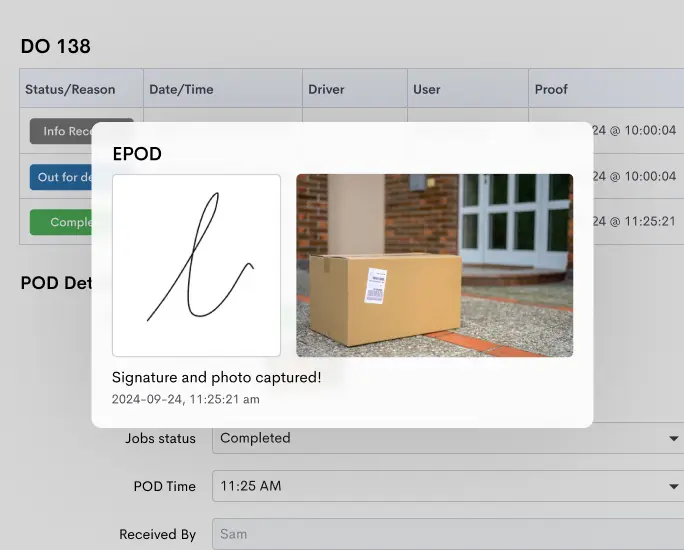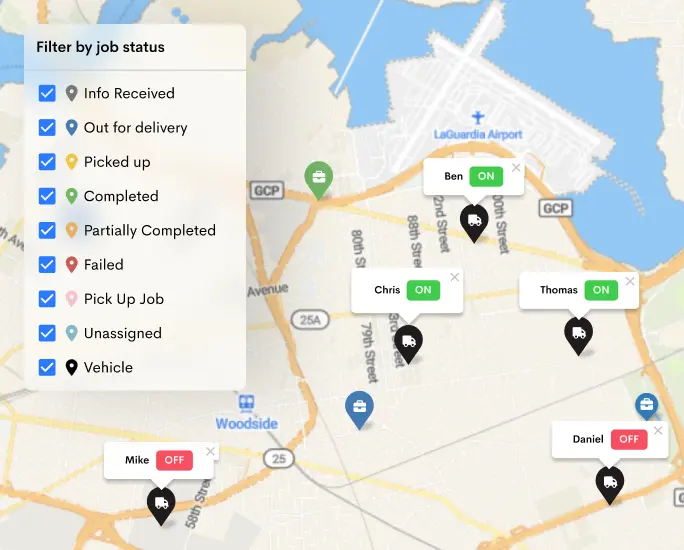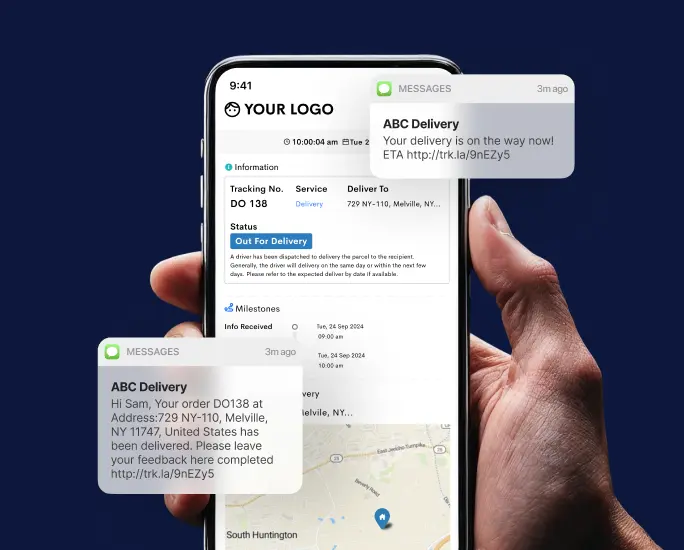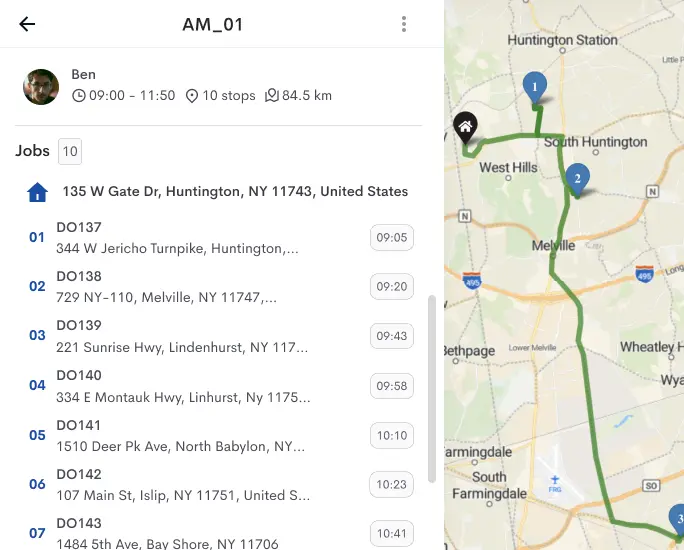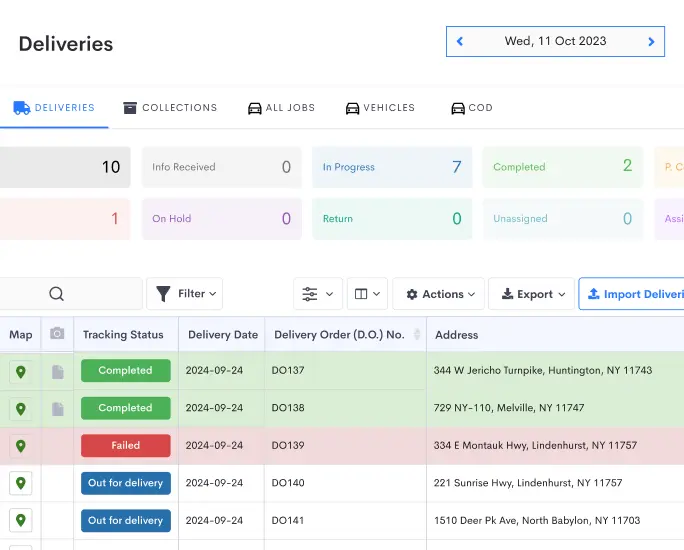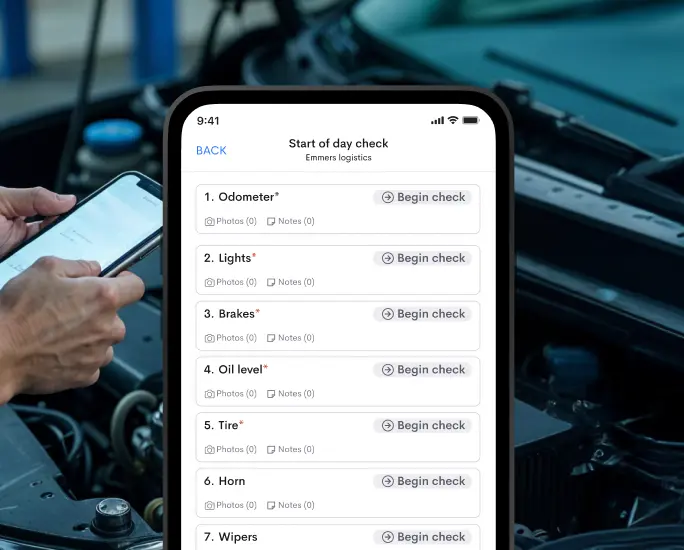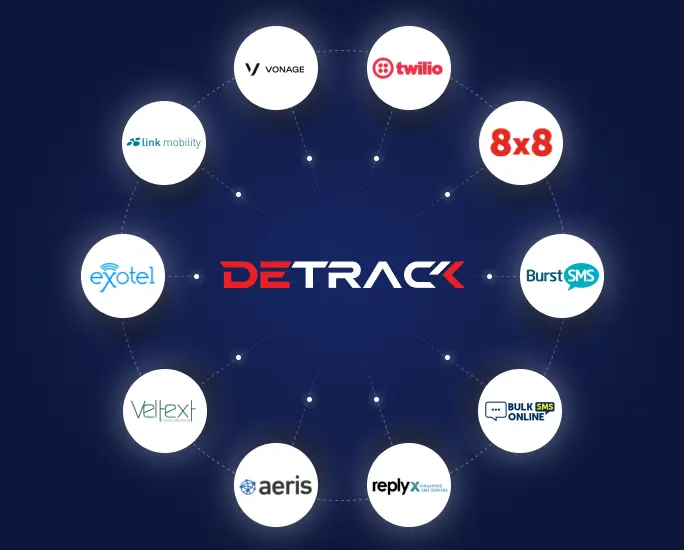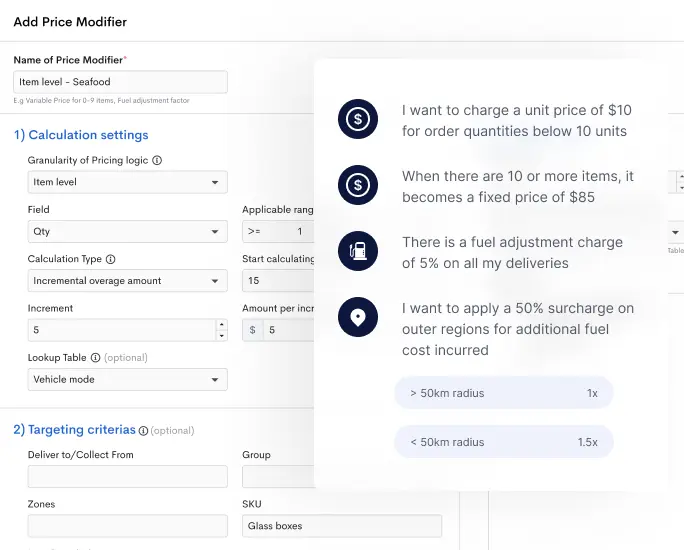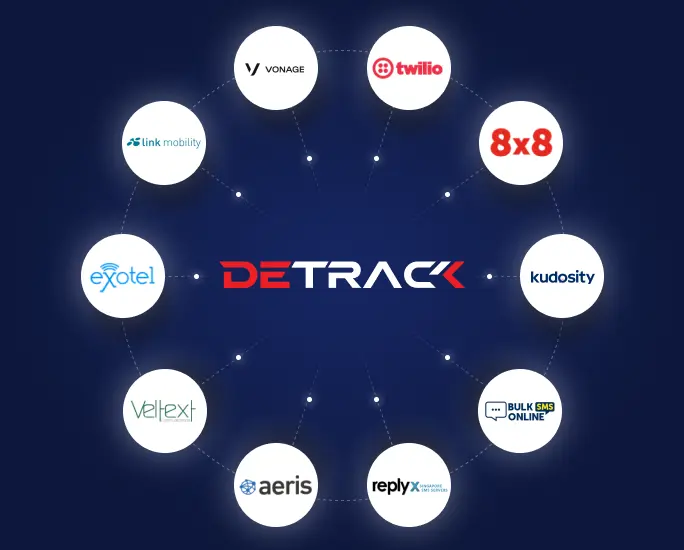Data is the new fuel driving efficiency, accuracy, and innovation. As we move deeper into 2025, the role of data in logistics management is more critical than ever. From real-time tracking to predictive analytics, logistics data management has become a cornerstone for businesses aiming to streamline operations, improve customer satisfaction, and stay ahead of the competition.
Whether you’re a logistics manager, fleet owner, or supply chain professional, understanding how to leverage logistics data is no longer optional — it’s a necessity. This guide will walk you through everything you need to know about logistics data management in 2025, including its importance, key technologies, best practices, and future trends.
What is Logistics Data Management?
Logistics data management refers to the systematic collection, processing, storage, analysis, and use of data related to logistics and supply chain activities. This includes:
- Route optimization data
- Fleet tracking and vehicle performance metrics
- Delivery statuses and proof of delivery
- Inventory and warehouse data
- Customer feedback and order fulfillment accuracy
- Environmental data such as fuel usage and emissions
By organizing and analyzing this data, logistics businesses can make informed decisions, reduce waste, enhance transparency, and boost performance across their entire operations.
Why Logistics Data Management Matters More Than Ever in 2025
1. Rising Customer Expectations
In 2025, customers want real-time updates, precise delivery windows, and consistent service quality. Without solid data management, meeting these expectations becomes nearly impossible.
2. Increased Supply Chain Complexity
The global supply chain has become more intricate, with multiple carriers, regional warehouses, and cross-border logistics. Managing this complexity requires integrated data systems and centralized control.
3. Sustainability Pressures
With stricter environmental regulations and growing eco-conscious consumers, logistics companies are under pressure to reduce carbon footprints. Data helps track emissions and fuel usage to support green initiatives.
4. AI and Automation Integration
Modern logistics heavily rely on AI for predictive analytics, automated dispatching, and risk detection. These technologies are only as effective as the data they’re fed.
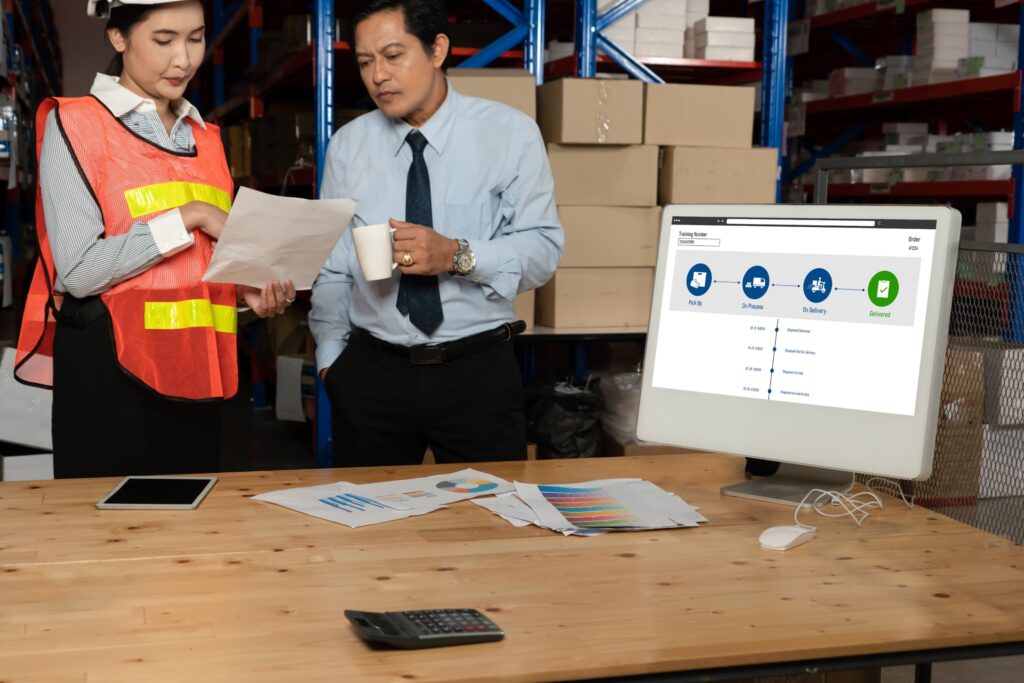
Key Components of Logistics Data Management
1. Data Collection
Efficient data management starts with accurate data collection. Sources include:
- GPS trackers and telematics systems
- IoT sensors in vehicles and warehouses
- Electronic Proof of Delivery (ePOD) systems
- Order management platforms
- Mobile apps used by drivers or field staff
- Customer feedback forms and CRMs
2. Data Integration
Collected data is often siloed across multiple platforms. Integrating them into a central system — such as a Delivery Management System (DMS) or a Transportation Management System (TMS) — allows for a holistic view of operations.
Example: Detrack offers integrations with tools like AfterShip, Twilio, and various warehouse systems, making data flow seamless across the delivery journey.
3. Data Storage and Security
In 2025, data privacy and protection are under the spotlight. Storing logistics data securely while complying with regulations like GDPR or industry-specific standards is essential.
Cloud-based solutions remain the most popular due to their scalability, backup capabilities, and accessibility across locations.
4. Data Analysis and Visualization
Raw data is useful only when analyzed. Using dashboards and AI-powered tools, logistics professionals can extract insights from patterns, trends, and anomalies.
Key metrics often tracked include:
- On-time delivery rates
- Average delivery time
- Fleet utilization
- Fuel efficiency
- Delay causes and recurrence rates
Benefits of Effective Logistics Data Management
Improved Operational Efficiency
With accurate data, route planning becomes smarter, warehouse stocking is optimized, and delivery schedules are tightened — all contributing to leaner operations.
Enhanced Customer Experience
Real-time tracking and timely updates powered by data build customer trust and loyalty. Companies can also proactively inform customers of delays, reducing complaints.
Cost Reduction
Identifying high-cost delivery routes, frequent breakdown zones, or underperforming assets can lead to cost-saving strategies and preventive maintenance.
Data-Driven Decision Making
With historical and real-time insights, logistics managers can make informed decisions, test new strategies, and quickly pivot based on trends or disruptions.
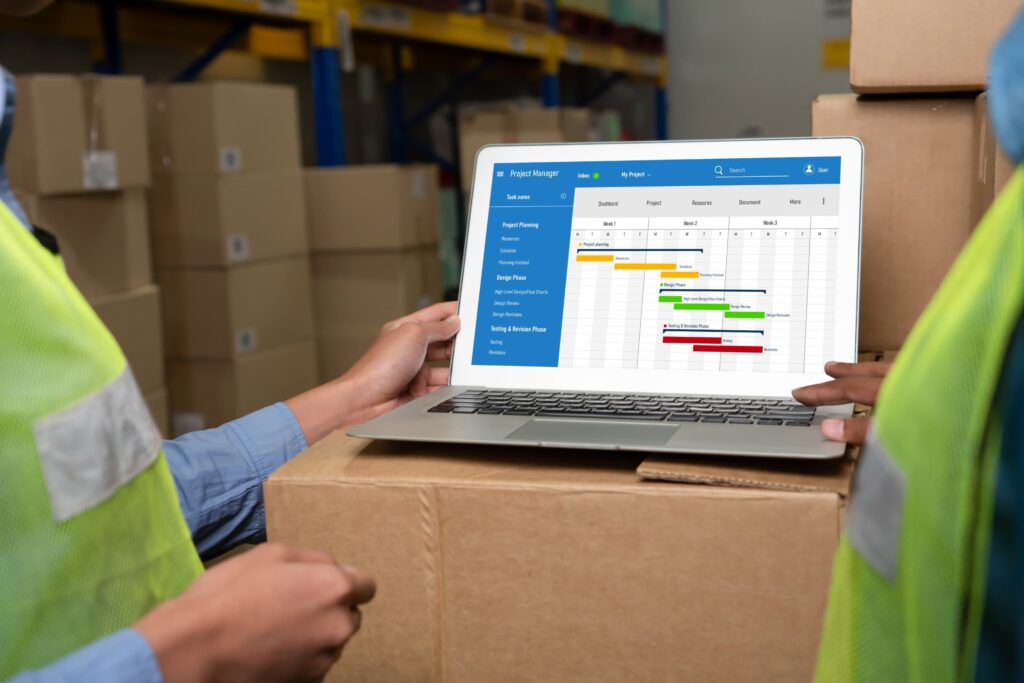
Best Practices for Logistics Data Management
1. Establish a Data Governance Strategy
Who owns the data? Who has access? What standards should be followed for data input and maintenance? A clear governance framework avoids confusion and ensures data accuracy.
2. Automate Wherever Possible
Manual data entry leads to errors. Use automated tracking tools, barcode scanners, and digital POD systems to reduce human input.
Detrack’s digital POD, for instance, minimizes paperwork while capturing signatures, photos, and timestamps in real-time.
3. Regularly Audit and Clean Your Data
Data degrades over time. Duplicate entries, outdated info, and errors can skew analysis. Conduct regular cleanups to maintain data integrity.
4. Visualize Data for Better Understanding
Use dashboards and visualization tools to make sense of complex data. These should be accessible not only to managers but also to drivers and support teams for better performance tracking.
5. Train Your Team
Even the best systems fail if the team doesn’t know how to use them. Offer training on data input procedures, dashboard navigation, and data interpretation.
Common Challenges and How to Overcome Them
| Challenge | Solution |
| Data silos between systems | Use APIs and integrations to unify platforms |
| Poor data quality | Establish validation rules and regular audits |
| Lack of real-time data | Adopt live tracking and IoT-enabled devices |
| Resistance to new tech | Provide hands-on training and demonstrate value |
| Cybersecurity risks | Implement role-based access and encryption protocols |
How Detrack Helps Streamline Logistics Data Management
Detrack is a powerful delivery management solution that centralizes and simplifies logistics data for businesses of all sizes. Here’s how it supports data-driven logistics:
- Real-Time Tracking: Track drivers live and monitor delivery progress
- Electronic POD: Capture signatures, timestamps, and delivery images in real-time
- Route Planning & Reports: Plan efficient routes and generate actionable reports
- Custom Integrations: Sync seamlessly with tools like Shopify, WooCommerce, AfterShip, and more
- Cloud-Based Access: Manage data from any location, anytime
With intuitive dashboards and automation features, Detrack empowers teams to make smart, fast decisions grounded in reliable data.
Final Thoughts
Logistics data management in 2025 is no longer about spreadsheets and manual tracking. It’s about leveraging real-time, accurate, and actionable insights to power smarter, faster, and greener delivery operations.
Companies that invest in effective data strategies will enjoy better efficiency, reduced costs, and a significant edge in a competitive market. Whether you’re just starting your logistics transformation or refining existing systems, remember: data is the key to delivery excellence.
Ready to take control of your logistics data? Try Detrack or Book a Demo today.
